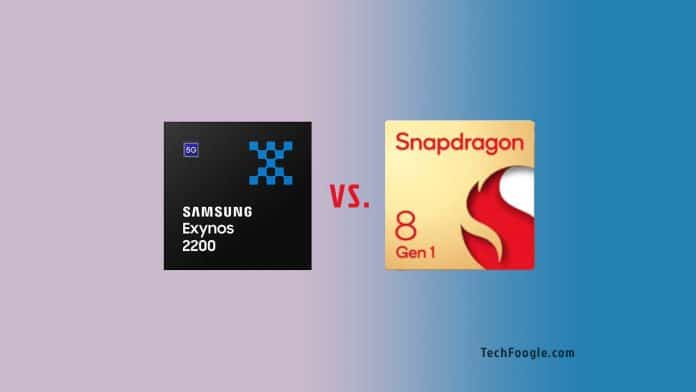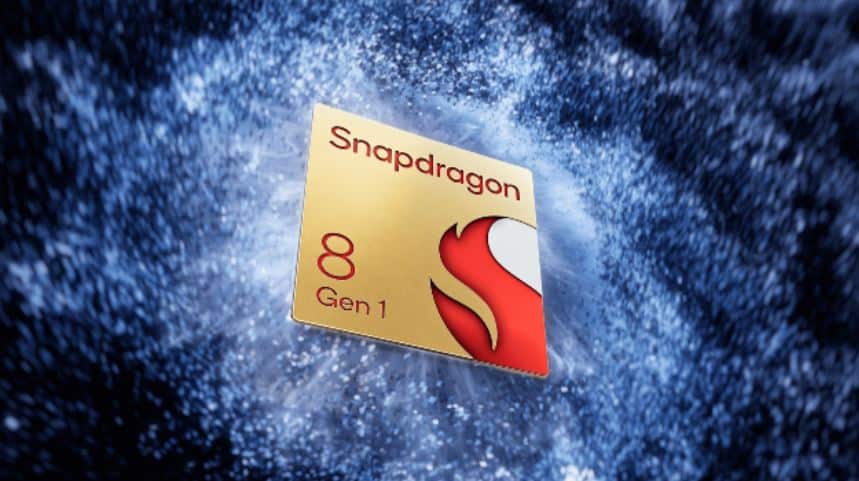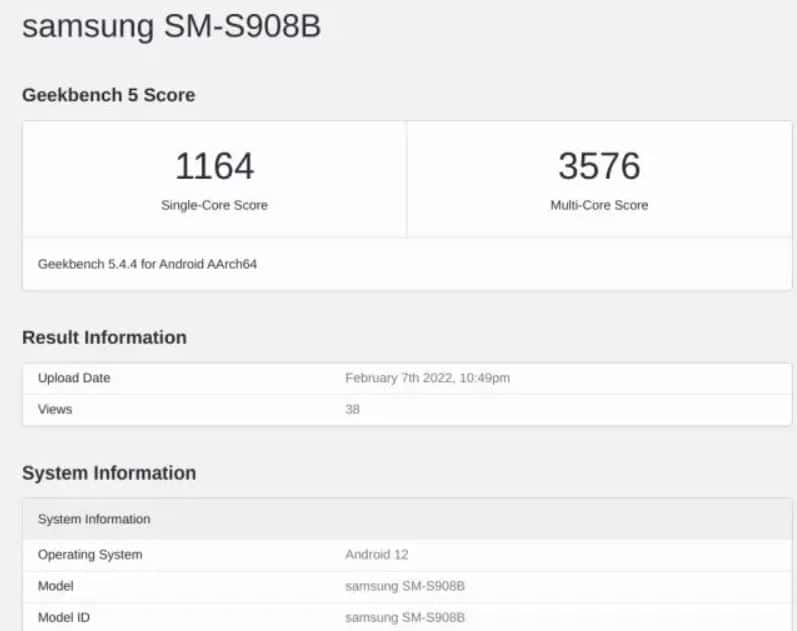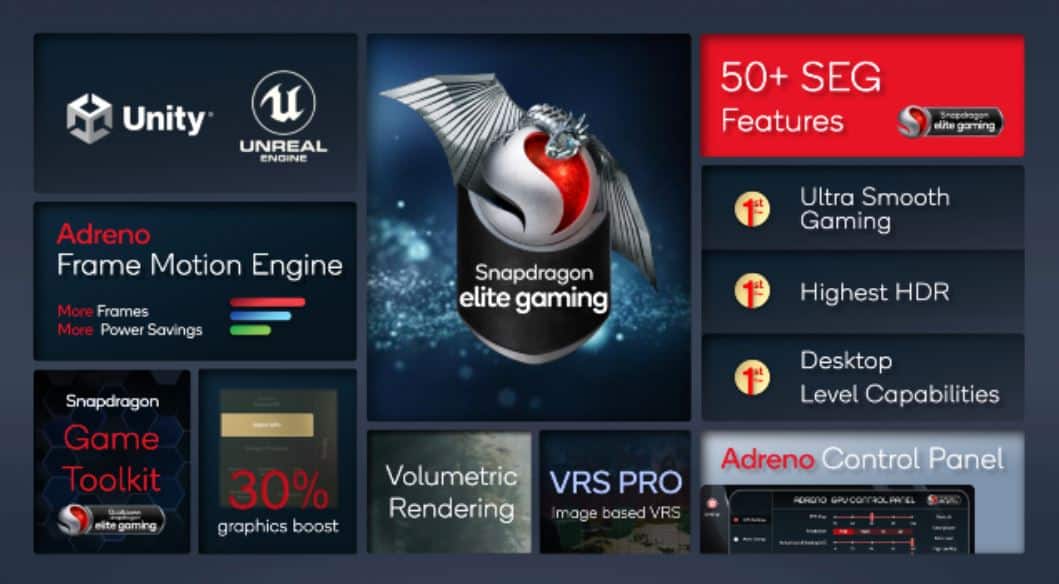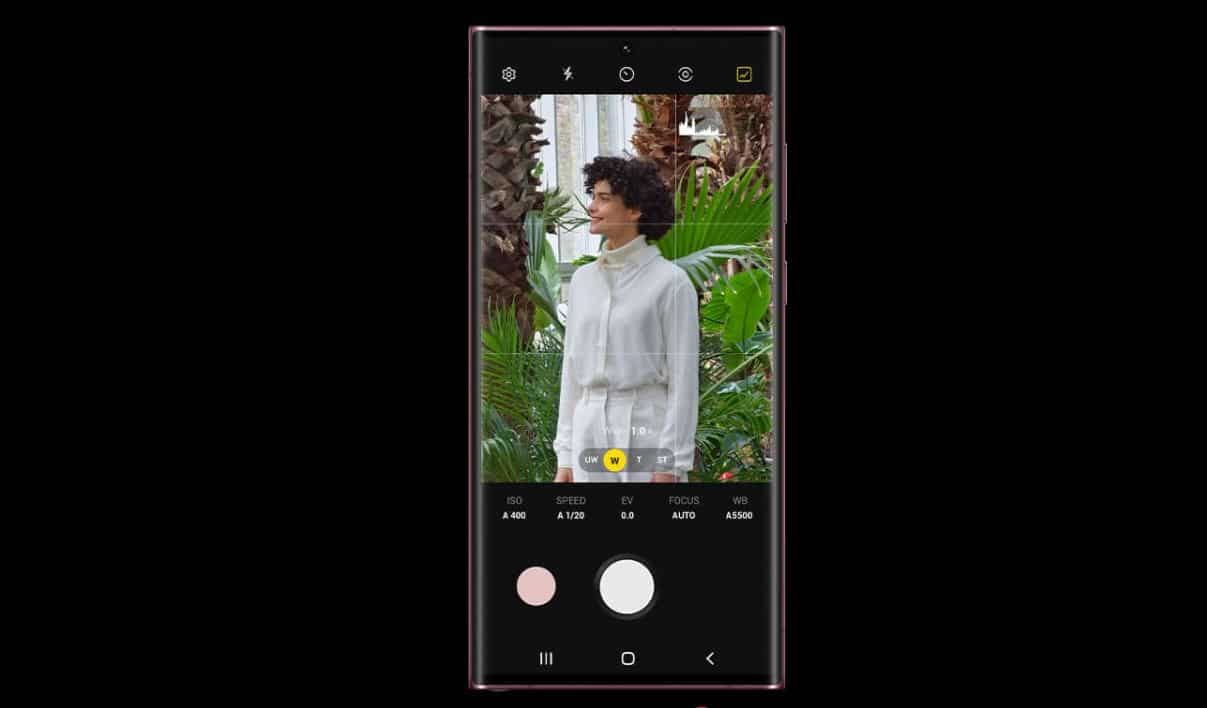Exynos 2200 vs Snapdragon 8 Gen 1: Last year, Qualcomm debuted the Snapdragon 8 Gen 1, and we published an in-depth comparison of the Snapdragon 8 Gen 1 and the A15 Bionic to see if Qualcomm could defeat Apple in the silicon game. Now, Samsung has recently announced its Exynos 2200 chipset, which has the new AMD RDNA 2-powered Xclipse 920 GPU, and it has made news with the launching of the top Galaxy S22 series. So, to see if we have a winner in the Android market, we have created a comparison between the Exynos 2200 and the Snapdragon 8 Gen 1. We examined the CPU, GPU, ISP, and other parameters of these two chipsets to discover if Samsung has dethroned Qualcomm in the chipset battle. On that topic, let’s compare the Exynos 2200 against the Snapdragon 8 Gen 1 and see who comes out on top.
In-Depth Comparison Between Exynos 2200 vs Snapdragon 8 Gen 1 (2022)
We went through CPU architecture, Exynos 2200 and Snapdragon 8 Gen 1 benchmark statistics, how the AMD Xclipse 920 GPU compares to the Adreno GPU, and a more in-depth comparison. Expand the table below to find any area that interests you.
Specifications of the Exynos 2200 and Snapdragon 8 Gen 1 processors
Take a look at the specs of the Exynos 2200 and Snapdragon 8 Gen 1 before we get into the comparison.
| Exynos 2200 | Snapdragon 8 Gen 1 | |
|---|---|---|
| CPU Cores | 1x 2.80GHz (Cortex-X2) 3x 2.52GHz (Cortex-A710) 4x 1.82GHz (Cortex-A510) [Via Geekbench] |
1x 3.0GHz (Cortex-X2) 3x 2.5GHz (Cortex A710) 4x 1.8GHz (Cortex A510) |
| Display | 4K at 120Hz and QHD+ at 144Hz | 4K at 60 Hz, QHD+ at 144 Hz |
| Machine Learning and AI | AI Engine with Dual-core NPU and DSP | 7th-gen AI Engine; 3rd Gen Sensing Hub; 27TOPS |
| Bluetooth | Bluetooth 5.2 | Bluetooth 5.2, LE |
| Modem | Exynos’ Integrated 5G Modem 7.35 Gbps Peak Download 3.67 Gbps Peak Upload |
X65 5G Modem-RF Up to 10 Gbps Peak Download |
| CPU | Octa-core CPU, Built on ARMv9 | Kryo Octa-core CPU, Built on ARMv9 |
| GPU | Samsung Xclipse 920 GPU | Adreno GPU; Snapdragon Elite Gaming |
| ISP | Samsung-designed ISP | 18-Bit ISP; Snapdragon Sight |
| Process Technology | Samsung’s 4nm EUV | Samsung’s 4nm EUV |
| Camera Capability | Up to 200MP in single camera mode, Single-camera 108MP @30fps, Dual-camera 64MP+ 32MP @30fps | 3.2 Gigapixels per second, 240 12MP photos in one second |
| Video Capability | Up to 8K decoding: 60fps with 10-bit HEVC(H.265), 30fps with 10-bit VP9, AV1 Up to 8K encoding: 30fps with 10-bit HEVC(H.265), VP9 |
8K HDR, 18-bit RAW Dedicated Bokeh Engine |
| WiFi Support | Wi-Fi 6 and Wi-Fi 6E | Wi-Fi 6 and Wi-Fi 6E |
CPU comparison: Exynos 2200 versus Snapdragon 8 Gen 1
Starting with the CPU, the Exynos 2200 and Snapdragon 8 Gen 1 have identical CPU architecture, core selection, and manufacturing methods. Exynos 2200 has an octa-core CPU that uses ARM’s latest ARMv9 architecture and is constructed on Samsung’s own 4nm EUV technology.
The Exynos 2200 chipset includes a high-performance Cortex-X2 core, three Cortex-A710 cores, and four low-power Cortex-A510 cores. Samsung does not provide the core frequencies, however, a recent Geekbench listing revealed the Exynos 2200’s frequencies. The Cortex-X2 core is clocked at 2.80GHz, the Cortex-A710 at 2.52GHz, and the Cortex-A510 at 1.82GHz, according to the listing. All of these cores are created by ARM and are the Cortex-X1, A78, and A55 predecessors.
(also see: Samsung Galaxy TAB S8 Series Launched with Snapdragon 8 Gen 1 Processor)
When it comes to the Snapdragon 8 Gen 1, it’s also made by Samsung’s foundry using the same 4nm EUV process. It uses the latest ARMv9 microarchitecture as well. The core selection is similar to the Exynos 2200: a single Cortex-X2 core running at 3.0GHz (significantly faster than the Exynos 2200), three Cortex-A710 cores running at 2.5GHz, and four Cortex-A510 cores running at 1.8GHz.
According to the specs, the CPU performance of the Exynos 2200 and Snapdragon 8 Gen 1 will be relatively close, and neither company has done anything revolutionary.
According to ARM, Cortex-X2 will boost performance by 16% over Cortex-X1, while the A710 and A510 will improve performance by 10% and 35 % over its predecessors, respectively. Having said that, we haven’t witnessed a big increase in performance with the Snapdragon 8 Gen 1, and it appears that the Exynos 2200 will be no different.
GPU comparison: Exynos 2200 versus Snapdragon 8 Gen 1
Most of the intriguing improvements are currently taking place in the GPU market, as we’ve noticed. The Exynos 2200 has the long-rumoured AMD RDNA 2-powered Xclipse 920 GPU, which has generated a lot of buzzes, but let’s see if it can trump the Snapdragon 8 Gen 1’s new Adreno GPU. Samsung has kept the details of its new GPU under wraps. However, based on the disclosures thus far, Samsung appears to be utilising three workgroup processors (or six compute units) for its GPU.
The source states the Xclipse GPU has a maximum frequency of 555MHz in the Geekbench OpenCL computation test, which is astonishingly low. It might be a reporting error, but we haven’t heard anything from Samsung about the GPU’s clock speed to gain the much-needed clarification. Samsung claims that its GPU can run a 4K panel at 120Hz and a QHD+ display at 144Hz, which is rather impressive.
Moving on to the Snapdragon 8 Gen 1, it features a new Adreno GPU and Snapdragon Elite Gaming capabilities. It can operate a QHD+ display at 144Hz and a 4K panel at 60Hz. In this case, Samsung’s Xclipse 920 GPU outperforms the Adreno GPU. In terms of graphics-intensive testing, the Exynos 2200 scored 109FPS in the GFXBench Aztec Ruins (Normal) test, whereas the Snapdragon 8 Gen 1 got 143 FPS.
However, the Exynos 2200 earned 9143 points in the Geekbench OpenCL benchmark test, while the Adreno GPU got just 6050 points. The Xclipse 920 GPU (9143) also outperformed the Adreno GPU in the Vulkan API test (7285).
As the benchmark results show, we cannot definitively determine which GPU is superior. But we can be certain that the AMD Xclipse 920 GPU in the Exynos 2200 delivers a powerful punch. We’ll have to wait for real-world gaming tests to see whether one offers superior heat management while maintaining gaming performance.
Benchmark Results: Exynos 2200 versus Snapdragon 8 Gen 1
Let’s look at the Exynos 2200 and Snapdragon 8 Gen 1 benchmark scores to see if the CPU performance has improved. Exynos 2200 scores 1164 in the single-core test and 3576 in the multi-core test, according to a leaked Geekbench listing. In comparison, we tested the Snapdragon 8 Gen 1 SoC in the flagship Xiaomi 12 Pro, and the Geekbench score in single-core and multi-core tests was roughly 1165 and 3664, respectively. However, bear in mind that we had throttling difficulties with the Xiaomi 12 Pro.
According to our observations, the CPU of the Snapdragon 8 Gen 1 is somewhat superior to the Exynos 2200. The Exynos 2200 may underperform because Samsung wants to avoid the throttling and heat concerns that have plagued Snapdragon 8 Gen 1 phones. I believe Samsung has reduced the clock speed to provide smooth performance while preserving battery life.
The Samsung Exynos 2200 scored 965,874 on the AnTuTu 9 test, which also considers the GPU, whereas the Snapdragon 8 Gen 1 scored 969,966. In the GFXBench Aztec Ruins (Normal) test, the Exynos 2200 achieves 109 frames per second, but the Snapdragon 8 Gen 1 gets 143 frames per second.
To summarise, both chipsets are comparable in terms of CPU performance, but we must also consider thermal performance. In terms of the GPU, Samsung’s new Xclipse 920 GPU appears to be superior to the Snapdragon 8 Gen 1’s Andreno GPU. But we won’t be able to make a definitive judgement until we’ve tested thermal performance and played demanding games.
ISP: Exynos 2200 vs. Snapdragon 8 Gen 1
Samsung has created a new ISP for the Exynos 2200. In single-camera mode, it can capture still photographs up to 200MP and movies up to 108MP at 30 frames per second. It can simultaneously shoot 64MP still photographs and 32MP videos at 30FPS using the dual-camera system. When it comes to video recording, the Exynos 2200’s ISP can record 8K videos at 30 frames per second and 4K videos at 120 frames per second, with HDR10 and HDR10+ compatibility.
The image processor of the Snapdragon 8 Gen 1, on the other hand, features a newly built 18-bit ISP with Snapdragon Sight compatibility. The ISP can collect 3.2 gigapixels in a second because of its triple-ISP architecture. It can also take 64MP photos while recording up to 8K HDR video at 30 frames per second. Aside from that, Snapdragon boasts a slew of new capabilities, including the Bokeh engine, the ability to capture 18-bit RAW video, AI-based facial identification, and more.
Overall, I believe both ISPs are competent, and it will be up to OEMs to integrate all of the technology to provide a wonderful camera experience. As for Samsung, we already know that it excels at cameras since it owns both the ISP and the software stack.
Exynos 2200 vs. Snapdragon 8 Gen 1: AI and Machine Learning
In terms of AI and machine learning capability, the Exynos 2200 has a dedicated AI engine with dual-core NPU (Neural Processing Unit) and DSP (Digital Signal Processor). According to Samsung, its AI performance is two times that of its predecessor, the Exynos 2100. It went on to say that the Exynos 2200 chipset has “far better precision with FP16 (16-bit floating point) capabilities, in addition to power-efficient INT8 (8-bit integer) and INT16.”
Qualcomm’s Snapdragon 8 Gen 1 has the newest 7th-generation AI Engine, which can execute 27 trillion operations per second (TOPS). It also has the third-generation Sensing Hub for quick speech pickup, noise cancellation, and other features. According to Qualcomm, the 7th-generation AI Engine is four times more powerful than the Snapdragon 888. For additional information, see our detailed comparison of the Snapdragon 8 Gen 1 and Snapdragon 888.
Which is better, the Exynos 2200 or the Snapdragon 8 Gen 1?
That concludes our in-depth analysis of the Exynos 2200 vs the Snapdragon 8 Gen 1. Except for the GPU, both CPUs are on par and provide the same experience to customers. I’m excited to see how Samsung has improved its GPU heat management on the Exynos 2200, which has the new AMD-powered GPU. That’s all we have for now.

